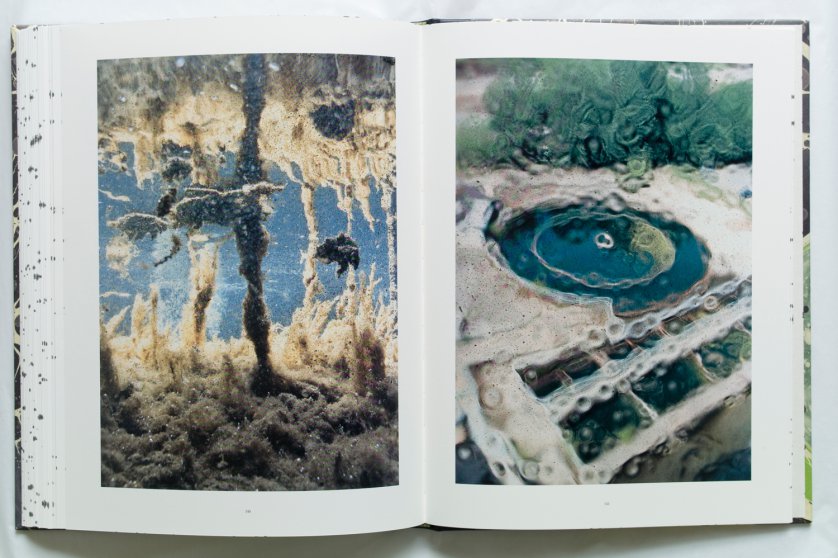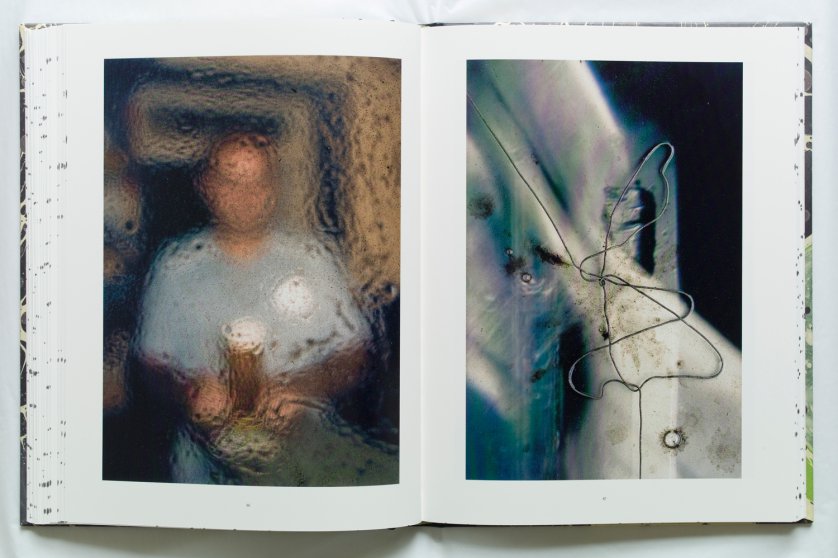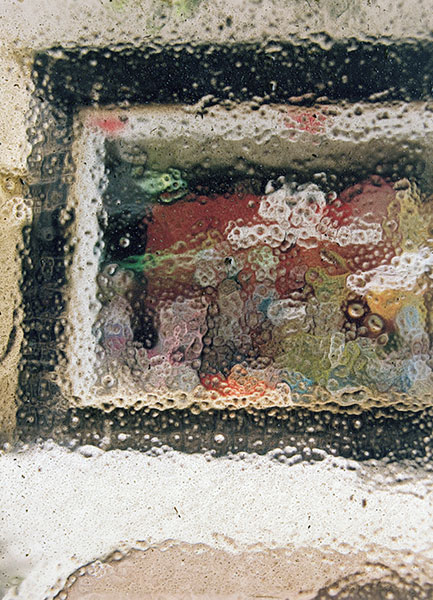After much research I believe personally that reality is the form of three situations, possibility, dependency and circumstances within action.
Possibility to me is the chance of reality. Reality is not a given or something you are able to predict. Such as being older than someone does not stop the younger person from dying first. These harsh truths show the possibility of we do not know what effects, illness or situations we will come through during our life. Possibility is also a large part of chance, chance is something uncontrollable, and no one can know what the chance of something happening is. Because of this I think it would be interesting to capture some scenarios that capture how everything in life is a risk and matter of timing. this could be a balloon before it burst or perhaps the weather before a storm or even adding my concept of political emotions showing a narrative of something getting evicted or possible literally falling down. When I researched It come up within many fast shutter speed shots in order to cpature the action a apiece has. However I could focus on the side of nature and the beauty nature holds, And the chance something incredible would happen in nature, this could be a sun set or rise, people having twins and many occasions that would not be expected to happen in peoples realities. 
This has forever been an ongoing concept, because of this I believe using achieve pictures and editing them in such a way to demonstrates the circumstance of reality would be incredibly interesting.Dependency is the relationships people have within each other and how their actions cause a dependent reaction which causes the reality. This is a sense of action and reaction. dependency also has strong implementations of a weight. This weight could be the cause of emotional trauma, political instances or a literal weight and harsh imapct. This is a clear demonstration of the balancing of nature and the relationship of trust. I could use this narrative to track people and one person calling and showing clear demonstrations of trust and someone being dependent. however I could enlarge this through a large political instance of who everyone in the world is infact dependent on eeach other. We as a society cannot and will not be able to functions without eachers, as they help with medicine ,housing, money, economy but most importantly we need ot look after other. I think a large ignorance of dependency and a fault at our core is ignorance. How the western world ignorances the cries of those in need in the south and east.
circumstances. This is the godly benefit of being born in a circumstance better than others. Circumstance is also the determinate of where you are when and how this could lead onto the causation of what happens to you. No one has the ability to control who their family is or where stye are born and raised. Because of this many negative an unhappy relationships are formed,this could be caused but he environment people are in or they way in which people treat them. Circumstances comes into the attitude of nature and fire very well into political landscape as it is an area governmentally controlled differently as you would like. Because of this many people, including some people in my family feel as though this is where they are not meant to be, Is this fate or a disappointing circumstance of action.
plan for shoot:
I want to create a alternate reality. To do so I will create an atmosphere that does not really exists, and capture actions that only happened for a s second and not what people would usually focus upon. tThe editing will be highly conceptual and forms ways in which is unconventional to portray the landscape itself. I will use my idea of circumstances by taking images where I was raised,This is my home, which I did not have a choice over but luckily the circumstances was not negative. However I think dependency goes hand in hand in capturing a reality of a place. trust and dependency is usually something seen within people, however I think I could relate this t landscape and nature and also further expand this to the power if nature of man itself. lastly I want to capture possibility and capturing rare photos us using fast shutter speed and such. This will be very different from my family shoot, however still based in my family home, but will relate more to political landscapes through these conceptual ideas and editing processes.

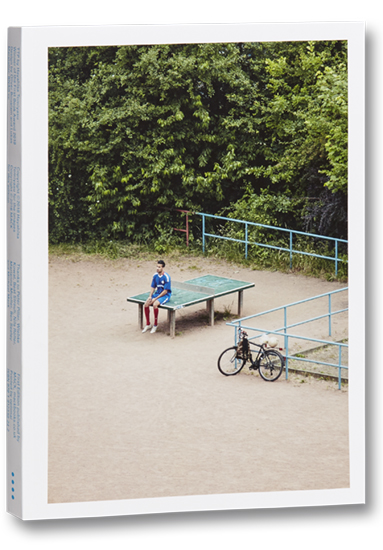
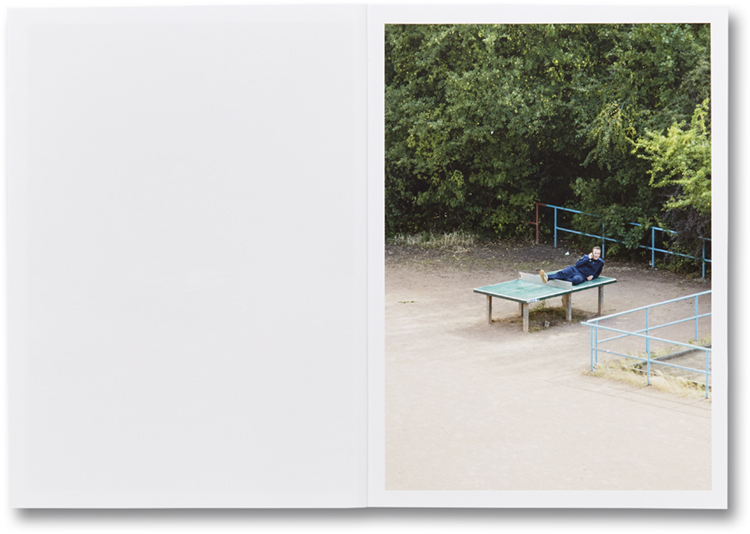
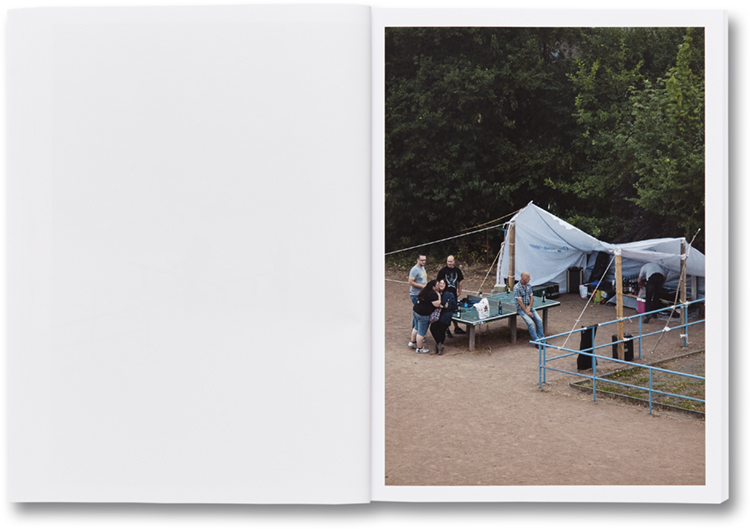
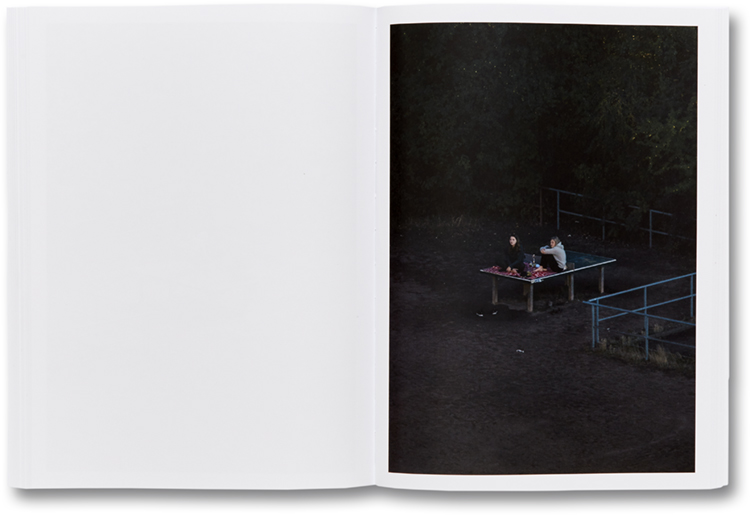 Between these pictures, it’s difficult to place the table in time and space. The pictures aren’t ordered chronologically or by people or activity, but there is a rhythm to them that appears in the small references between pictures – short series that play off one another. Time passes too, but this is marked only by the randomly changing seasons and light of day; slightly longer shadows, browner and fewer leaves on the trees, melting snow, puddles that appear and evaporate. The table is a strange place, there are no pictures outside of the frame just person after person, table after table. The restricted view of Tomiyasu’s lens and the variety of people and their generic European fashion makes it difficult, if not impossible, to know exactly where the table is. The table is a secluded world, one that attracts but doesn’t hold people.
Between these pictures, it’s difficult to place the table in time and space. The pictures aren’t ordered chronologically or by people or activity, but there is a rhythm to them that appears in the small references between pictures – short series that play off one another. Time passes too, but this is marked only by the randomly changing seasons and light of day; slightly longer shadows, browner and fewer leaves on the trees, melting snow, puddles that appear and evaporate. The table is a strange place, there are no pictures outside of the frame just person after person, table after table. The restricted view of Tomiyasu’s lens and the variety of people and their generic European fashion makes it difficult, if not impossible, to know exactly where the table is. The table is a secluded world, one that attracts but doesn’t hold people.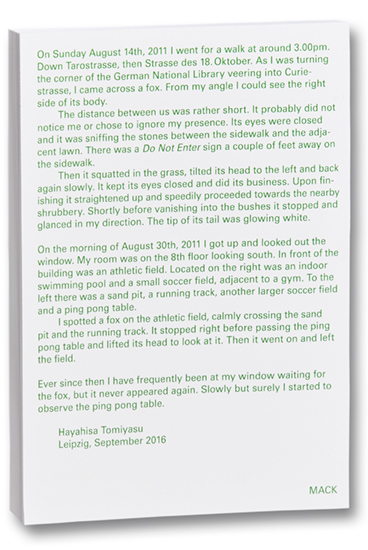
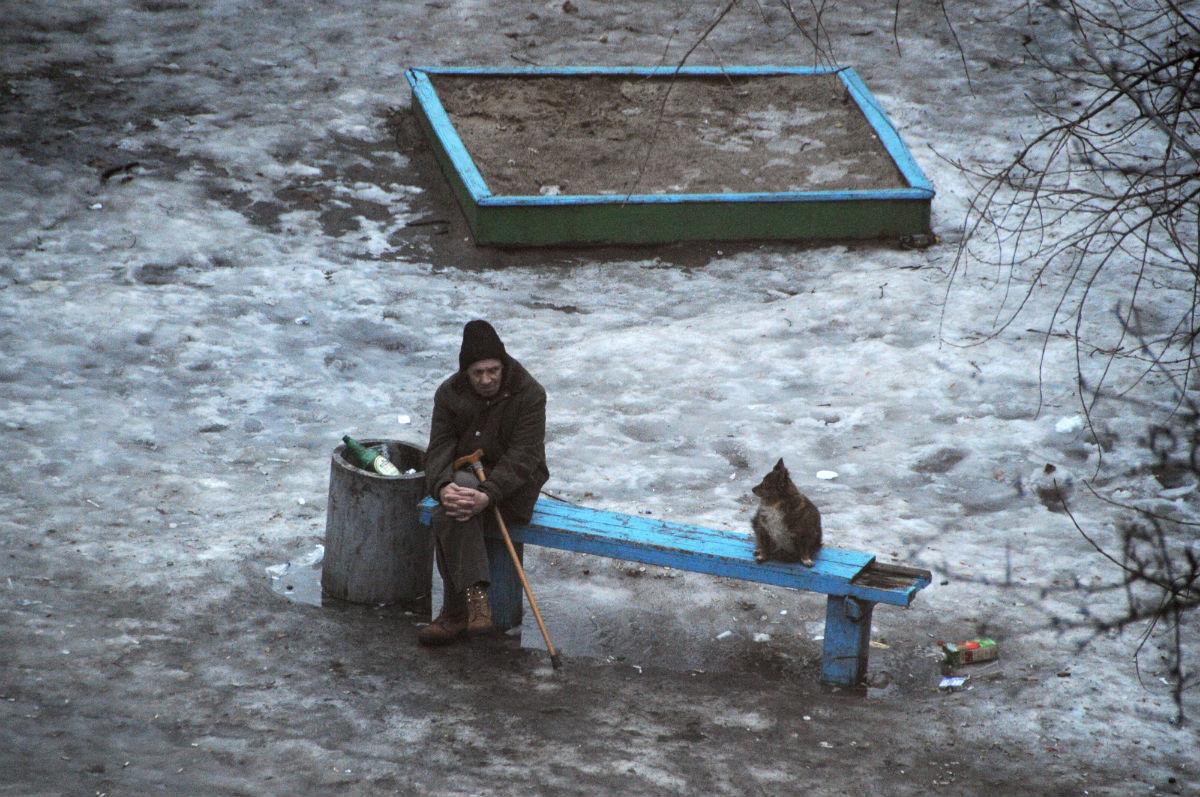
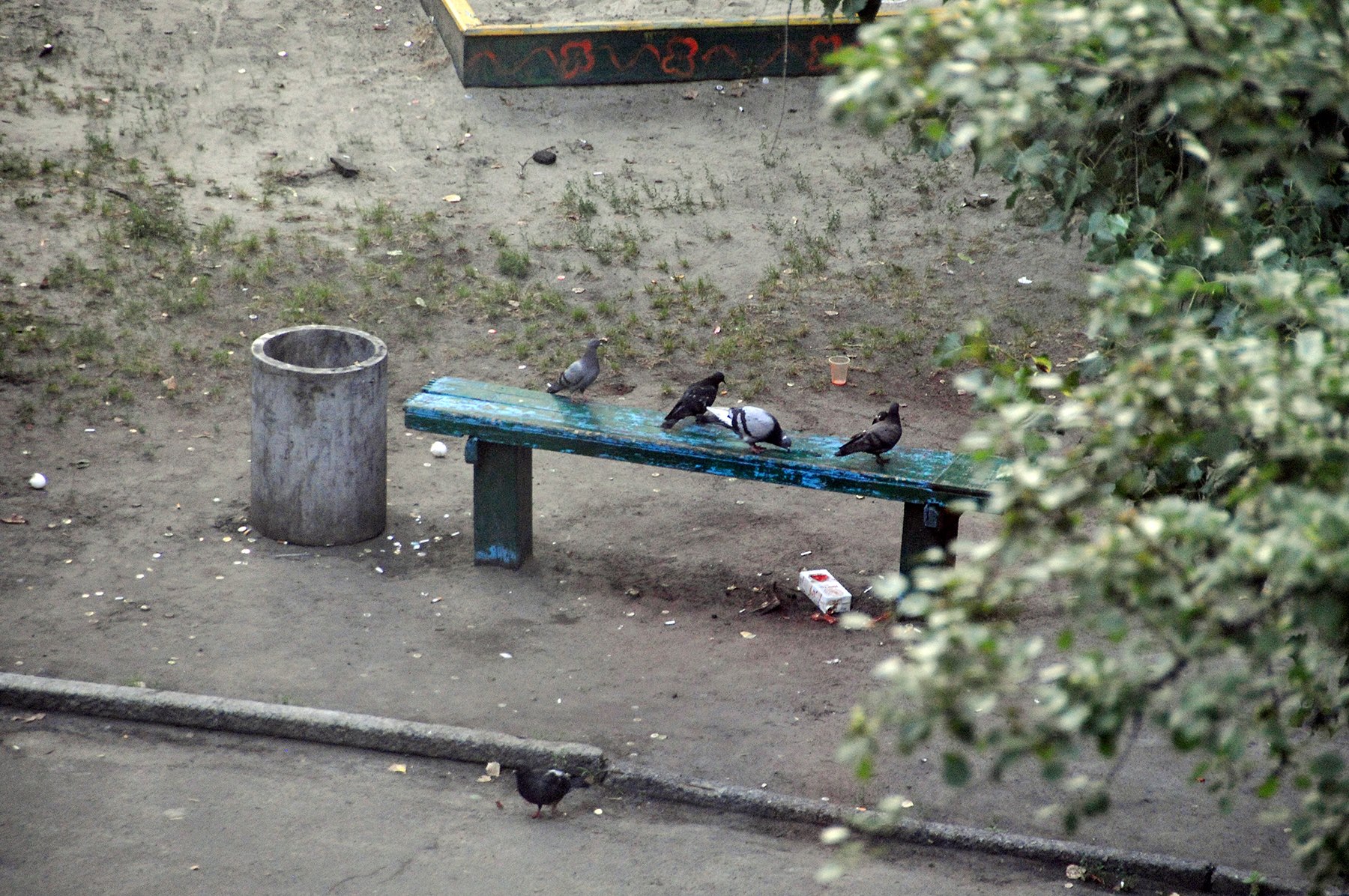
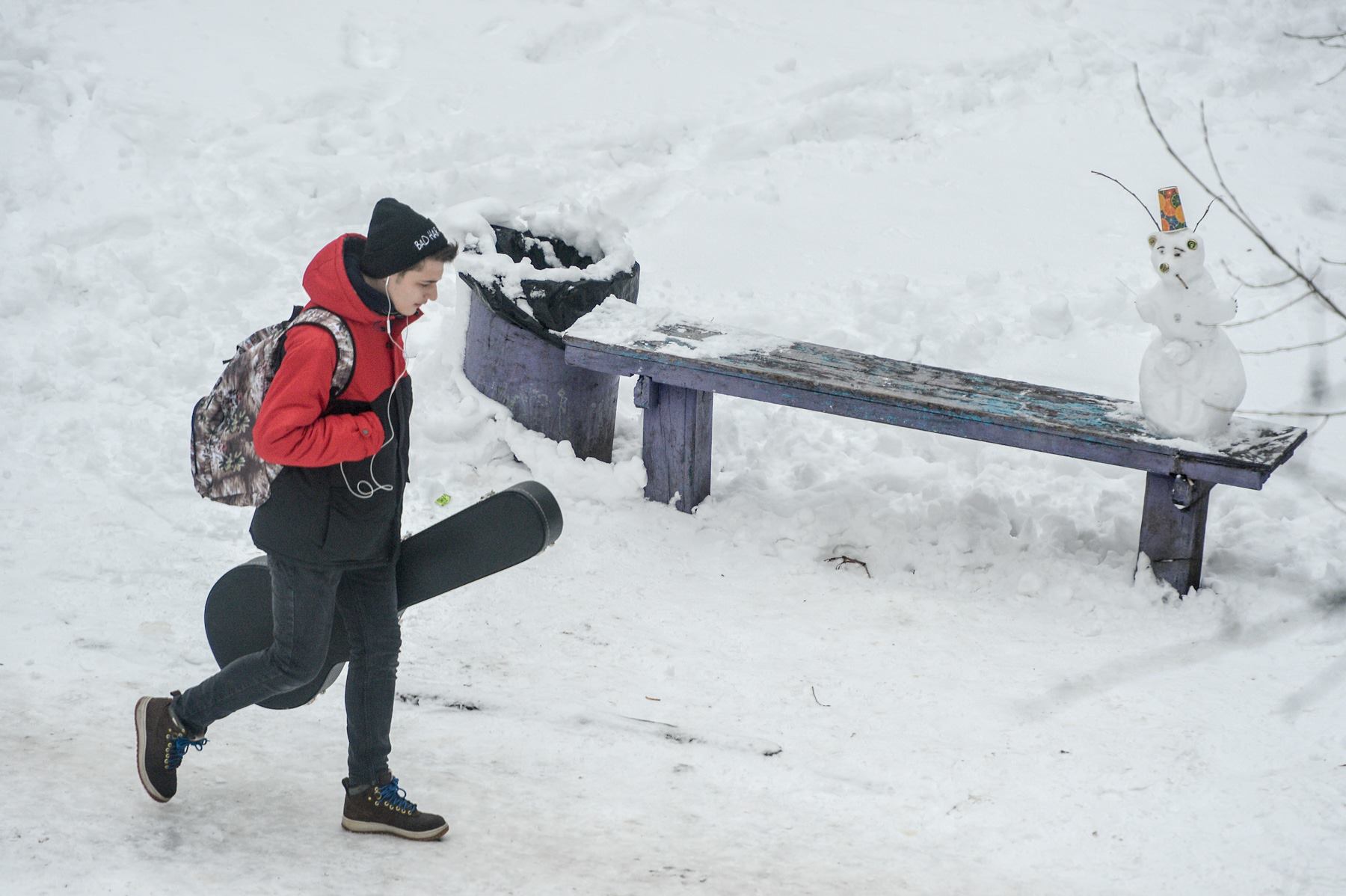

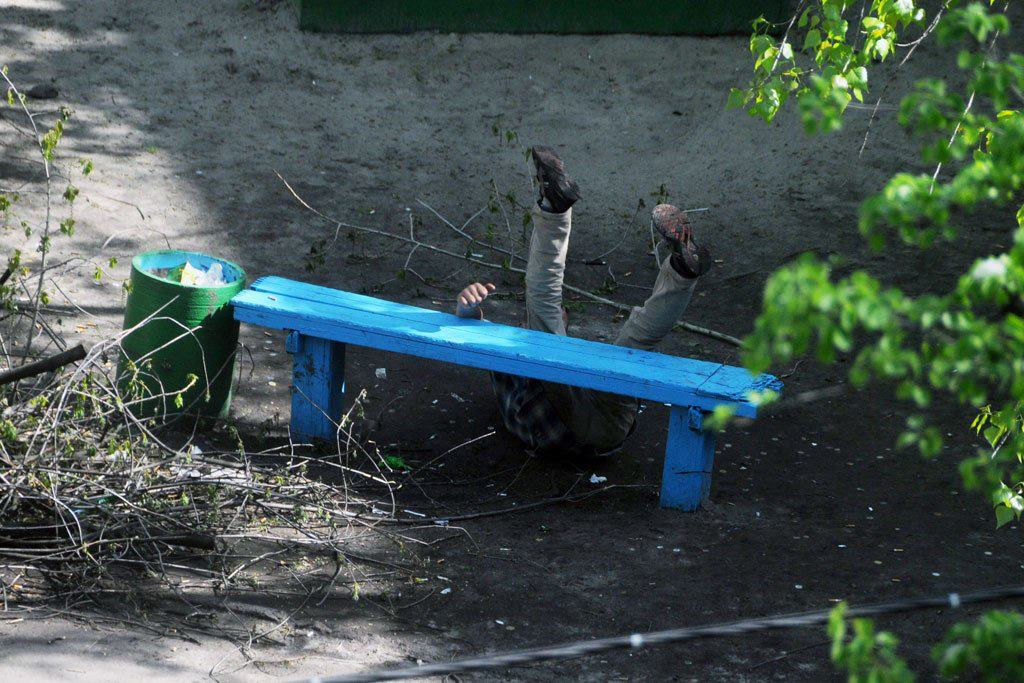









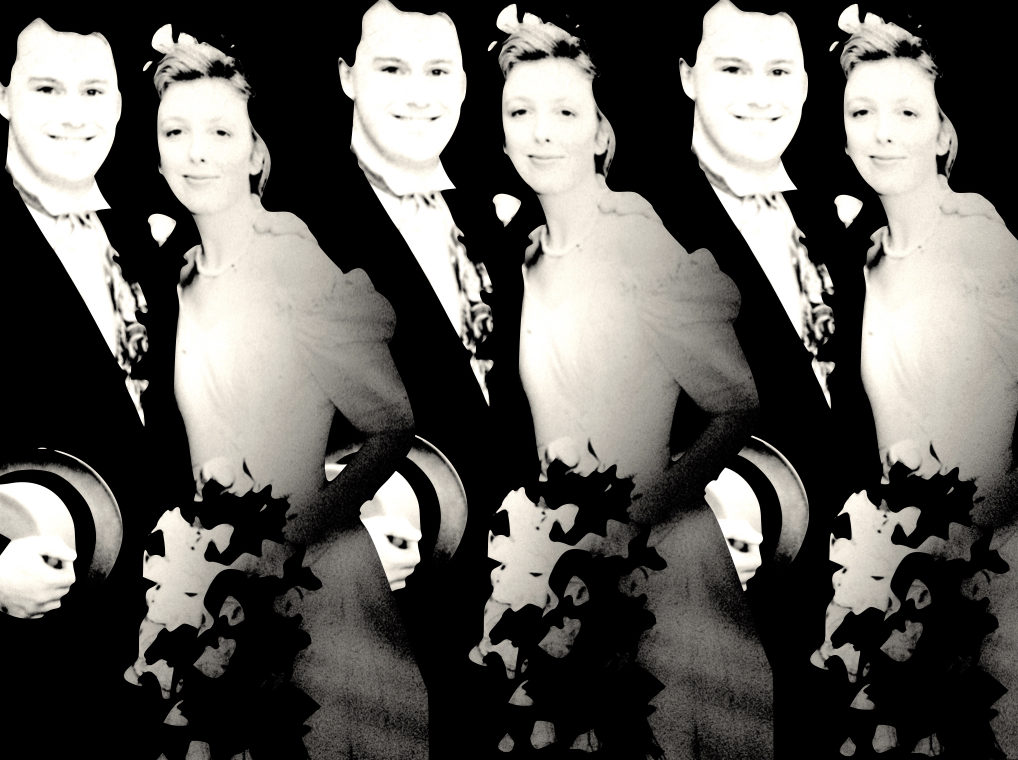

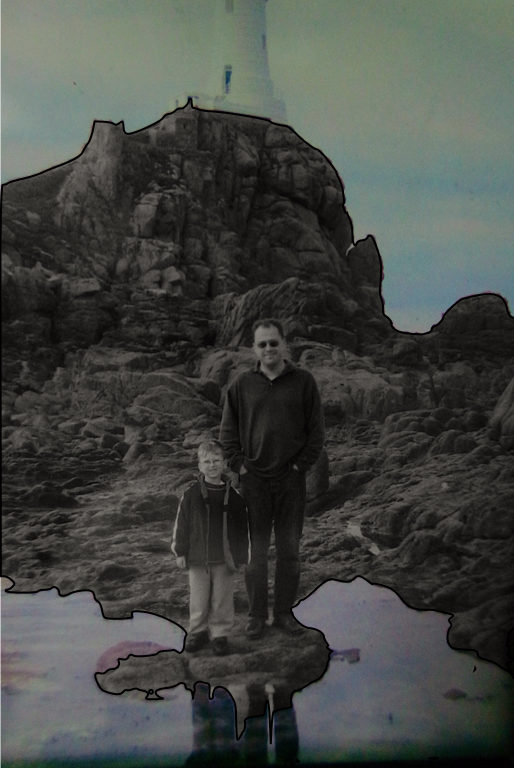


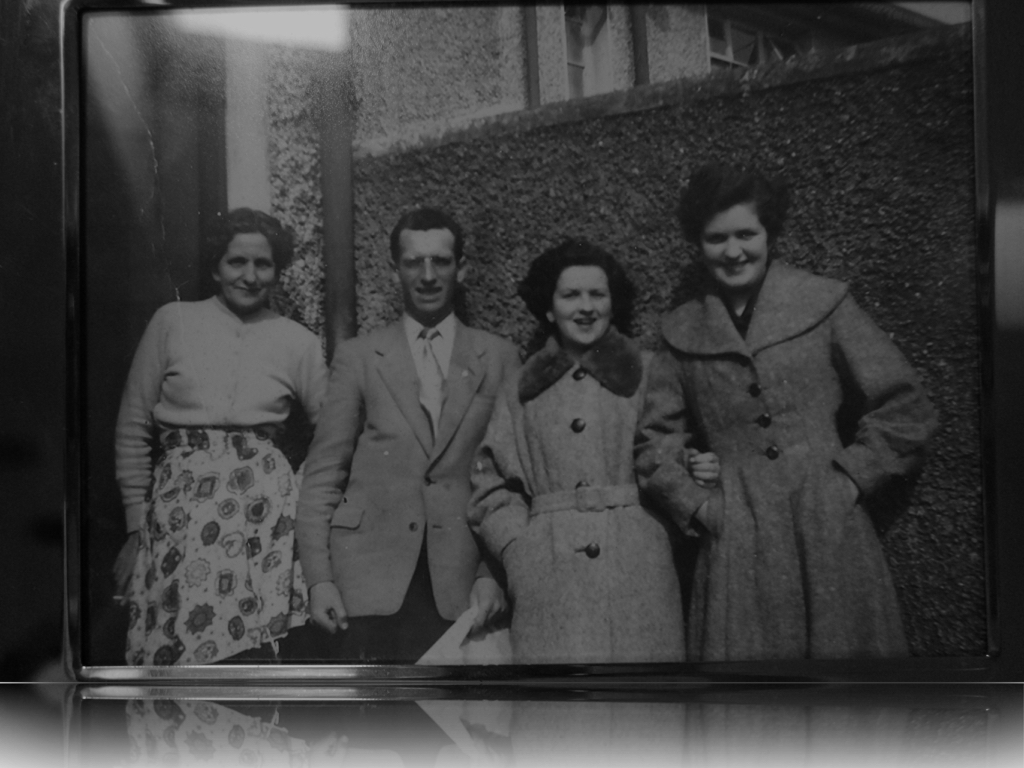

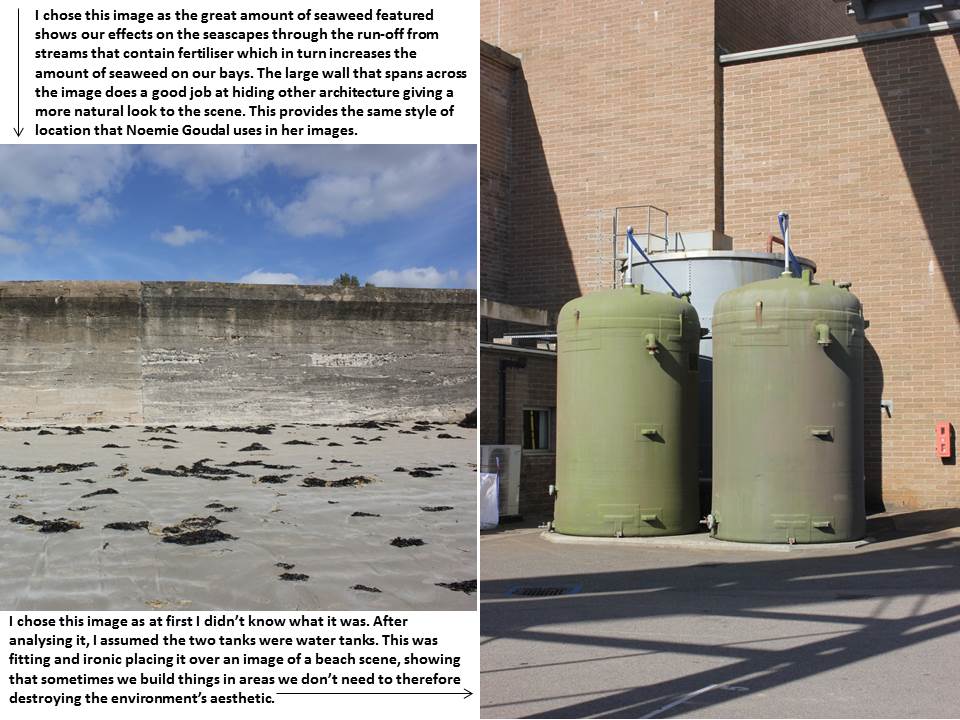
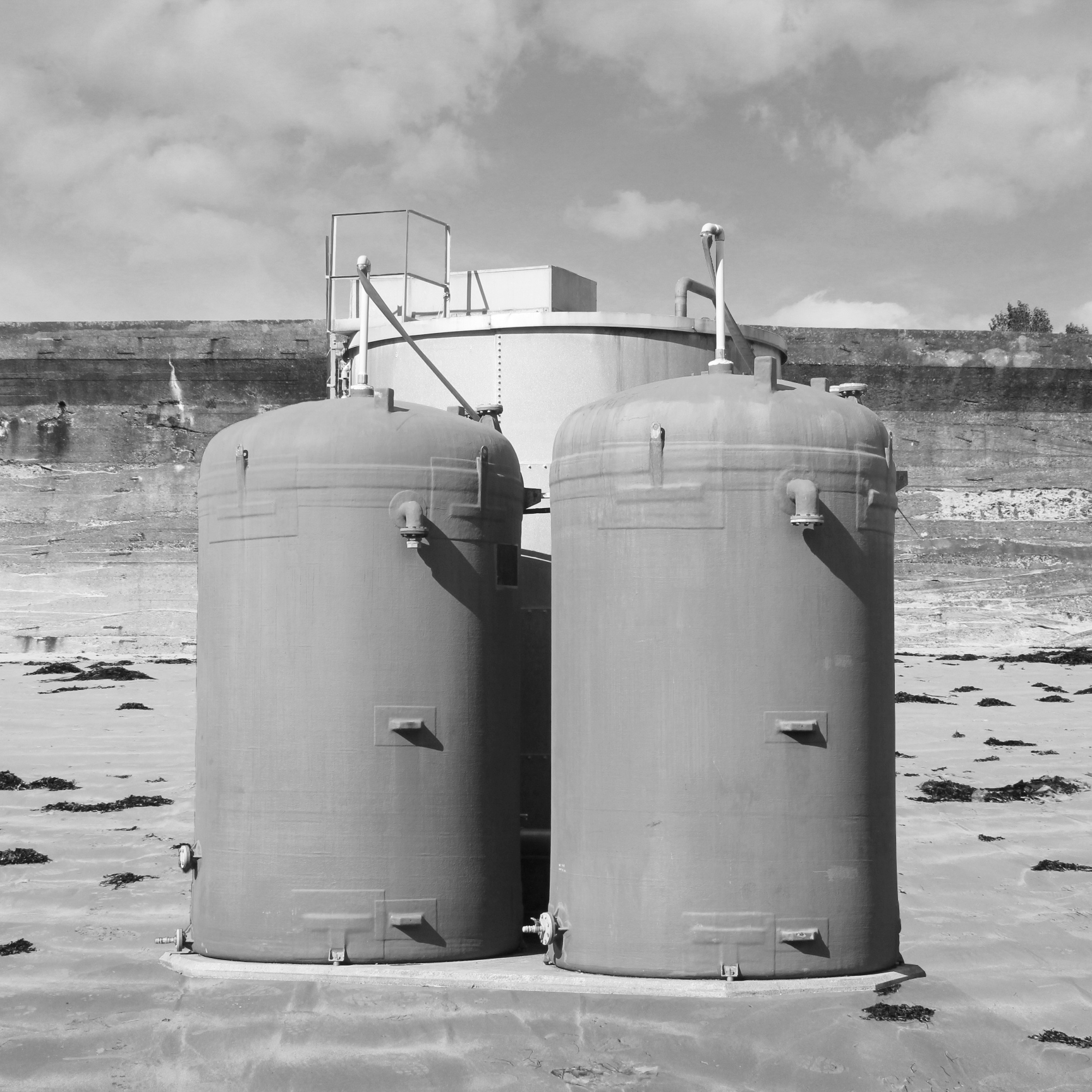
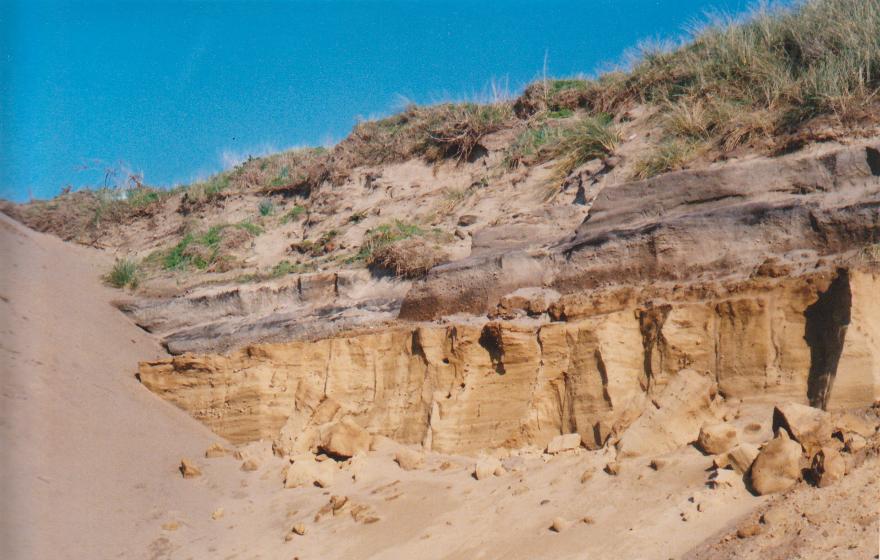

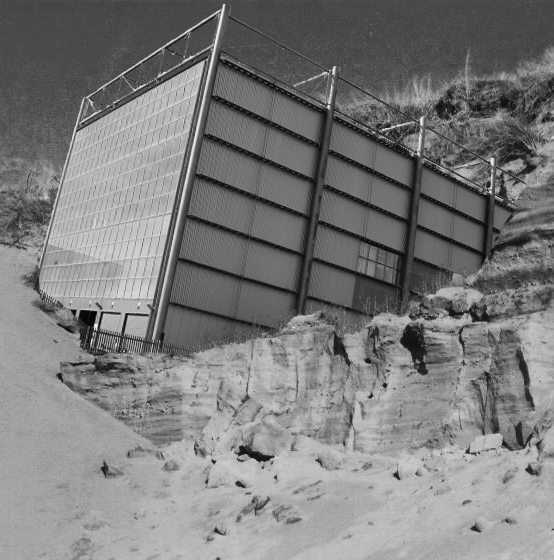
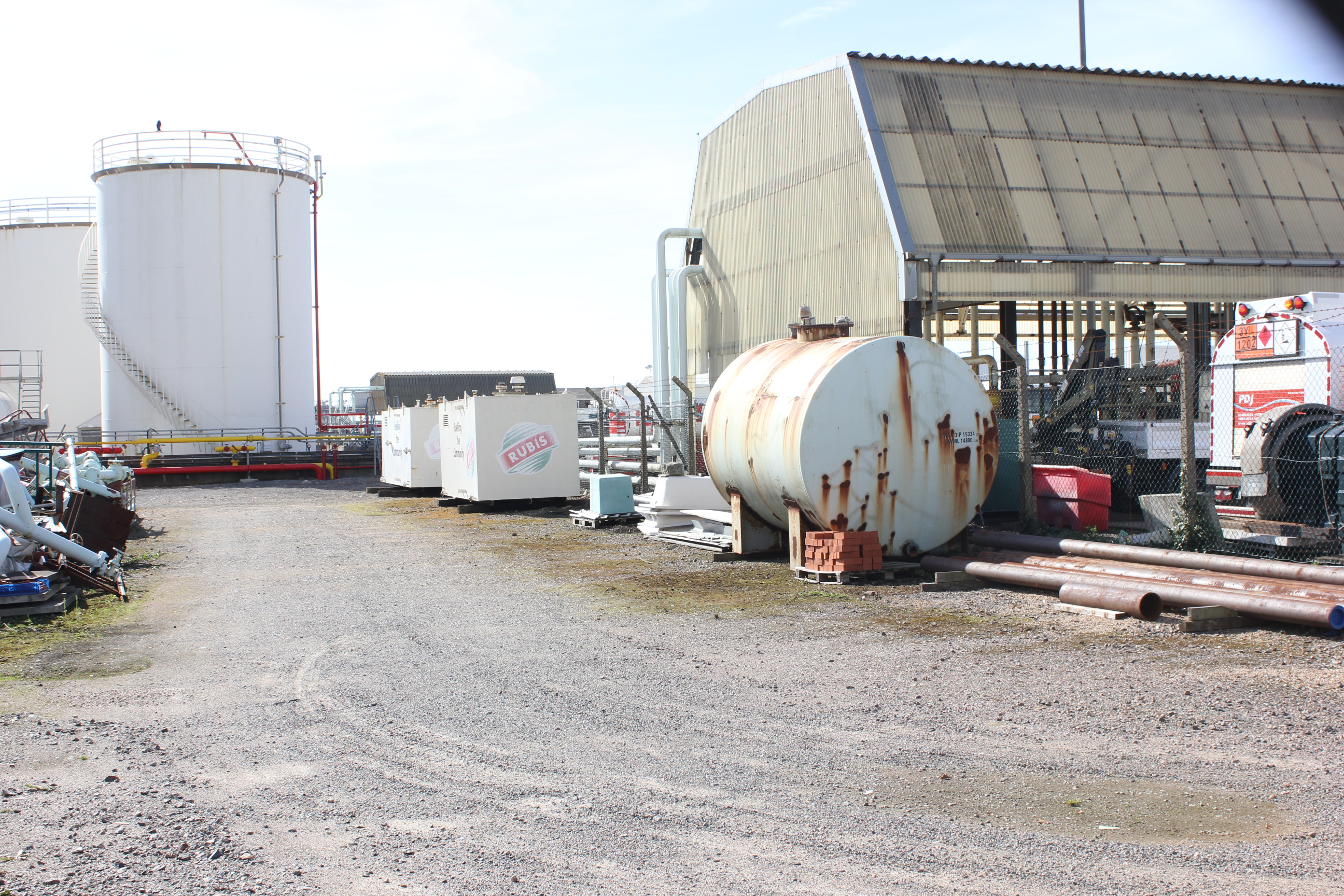

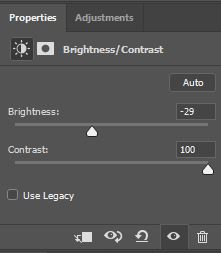
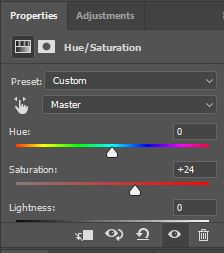
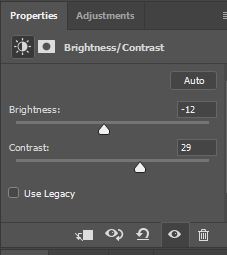
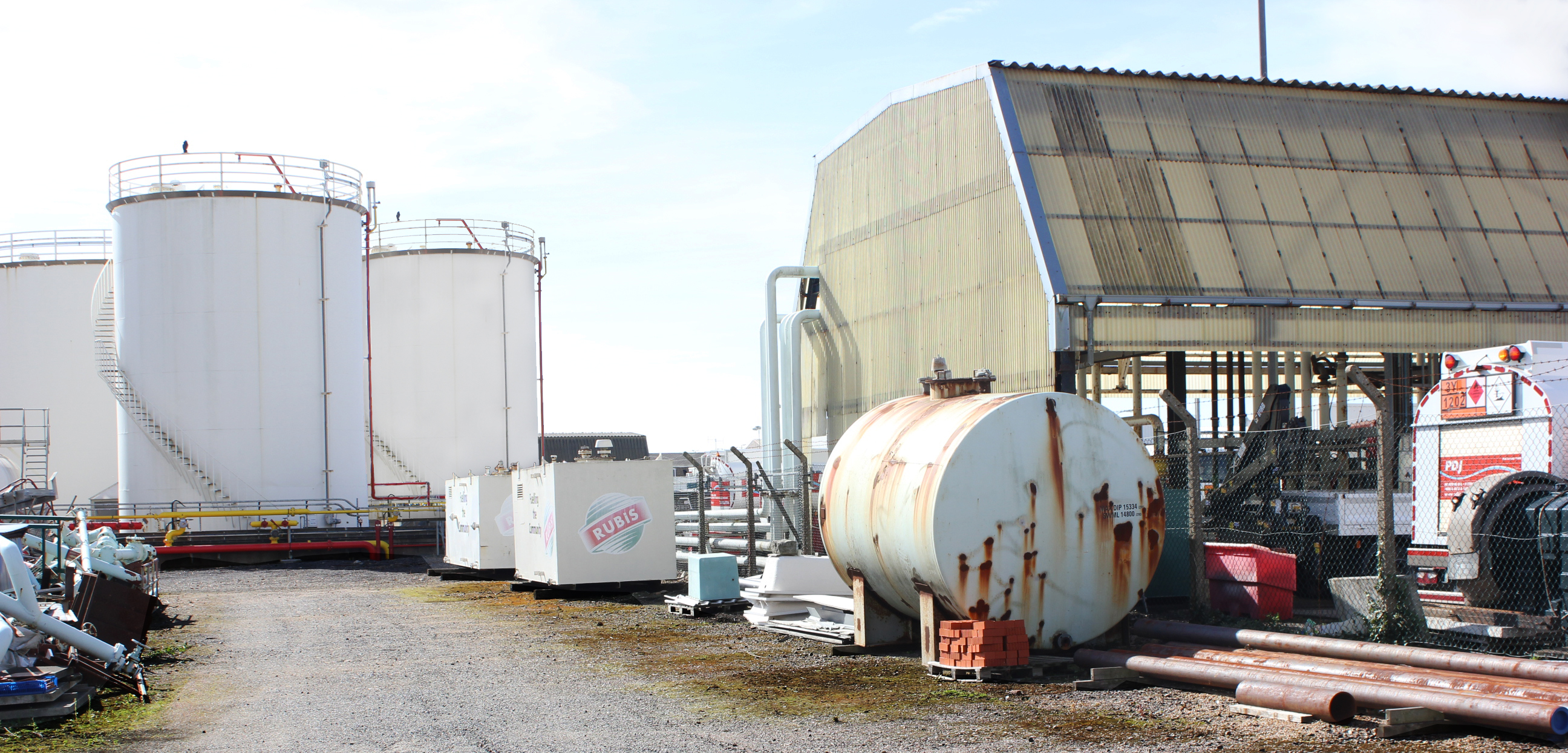

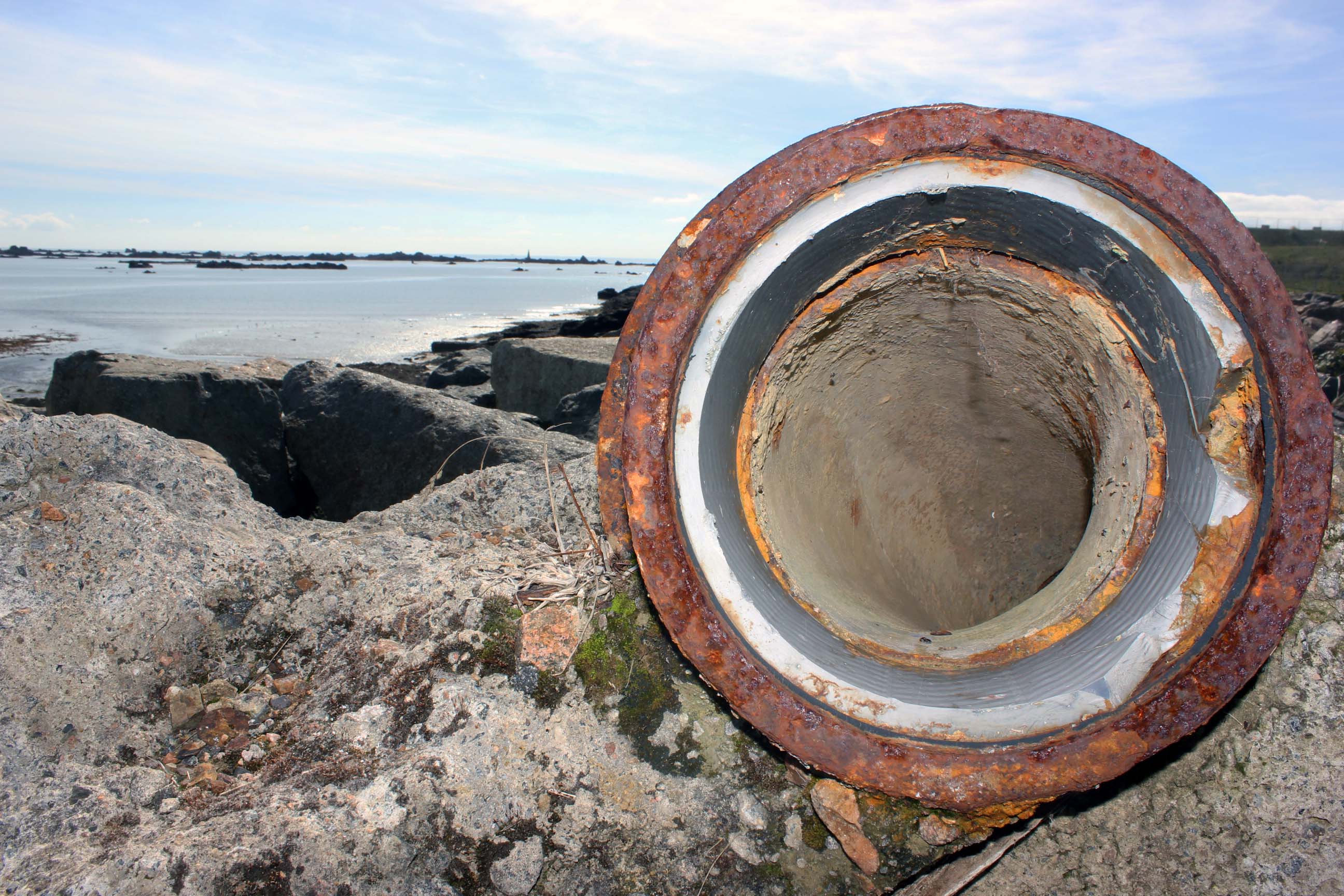
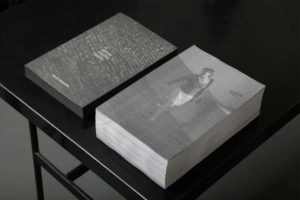 Henrik Malmstrom is a Finnish photographer currently living and working in Buenos Aires, Argentina. Malmstrom self-published his first book in 2010, titled ‘
Henrik Malmstrom is a Finnish photographer currently living and working in Buenos Aires, Argentina. Malmstrom self-published his first book in 2010, titled ‘
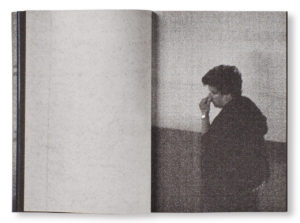

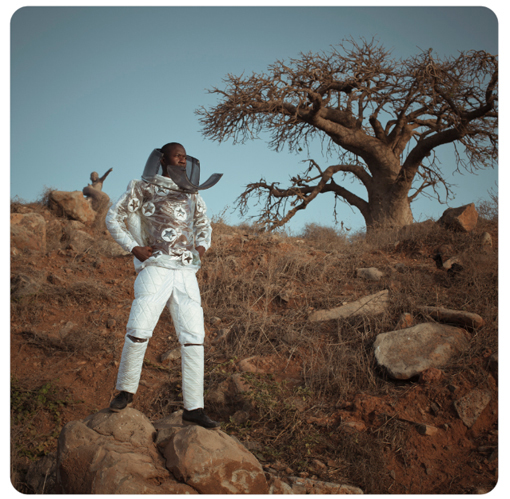


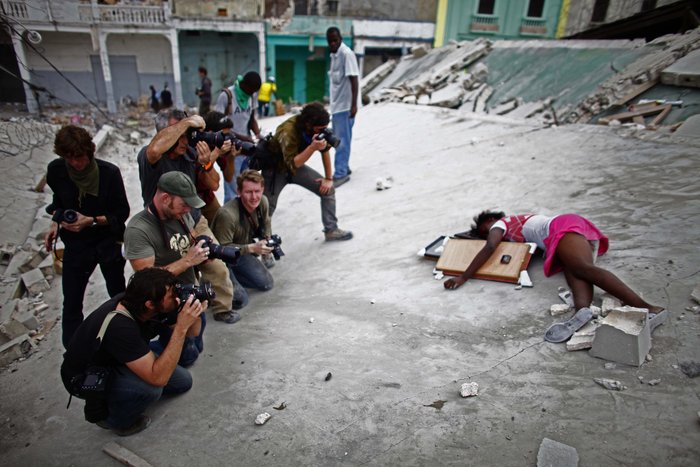
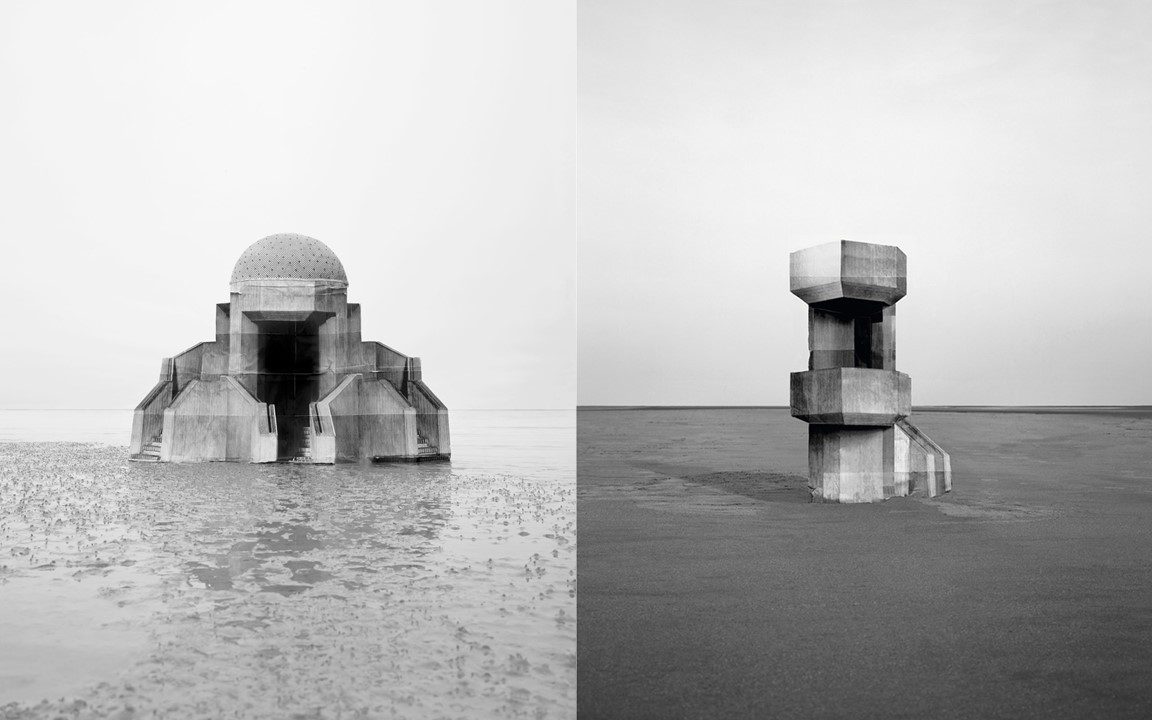
 Despite Goudal’s fictional style, the bunkers in this image are real WW2 bunkers found on Normandy beach. Noemie’s style has lead viewers to believe this building is fake since many of her photos contain paper backdrops. This allows the viewer to question the reality of her images. The origin of this image, named “Combat” provided an interest to Goudal inspiring her to research geomorphic architecture, architecture that has a direct link to nature in order to imitate or draw our attention to it, leading her to create her own inspired series titled “Observatoires”.
Despite Goudal’s fictional style, the bunkers in this image are real WW2 bunkers found on Normandy beach. Noemie’s style has lead viewers to believe this building is fake since many of her photos contain paper backdrops. This allows the viewer to question the reality of her images. The origin of this image, named “Combat” provided an interest to Goudal inspiring her to research geomorphic architecture, architecture that has a direct link to nature in order to imitate or draw our attention to it, leading her to create her own inspired series titled “Observatoires”.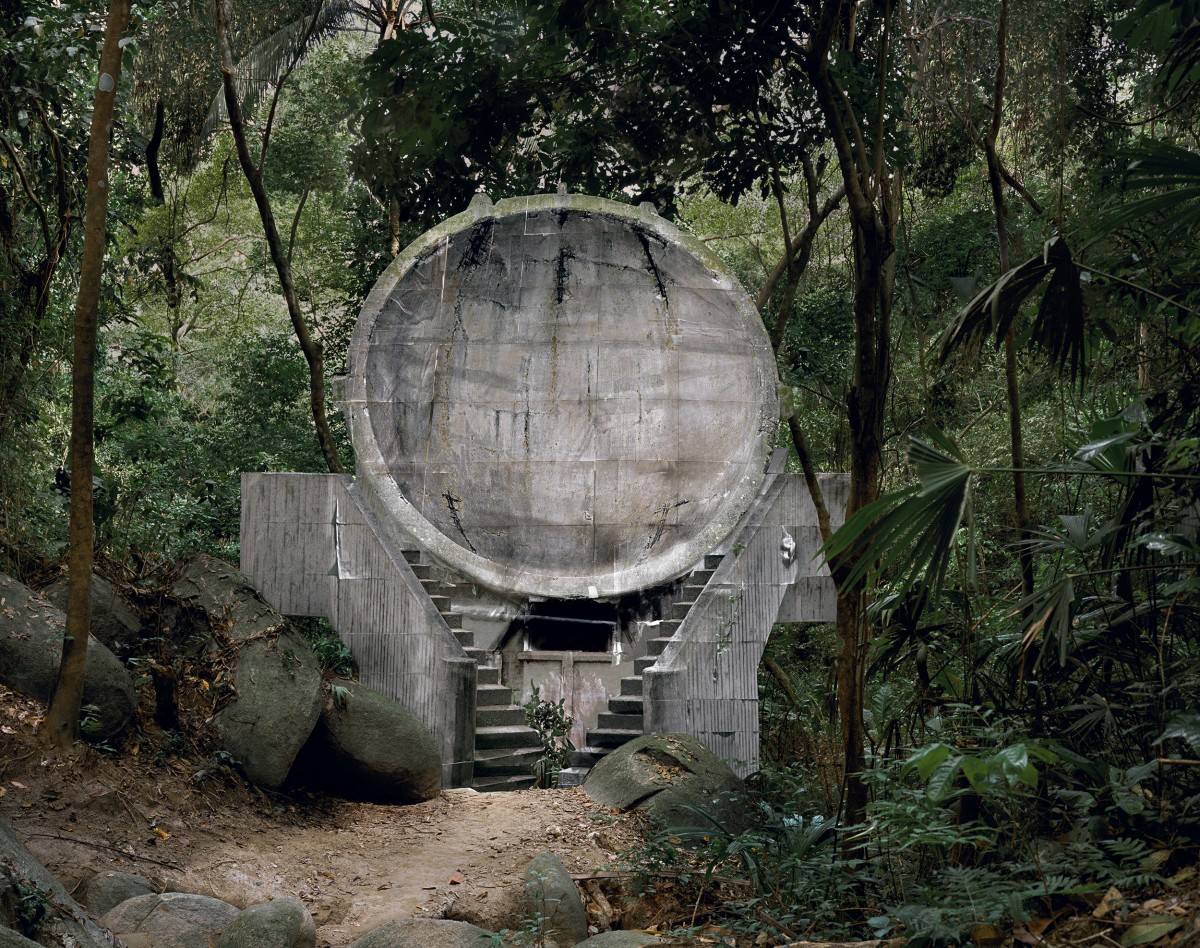
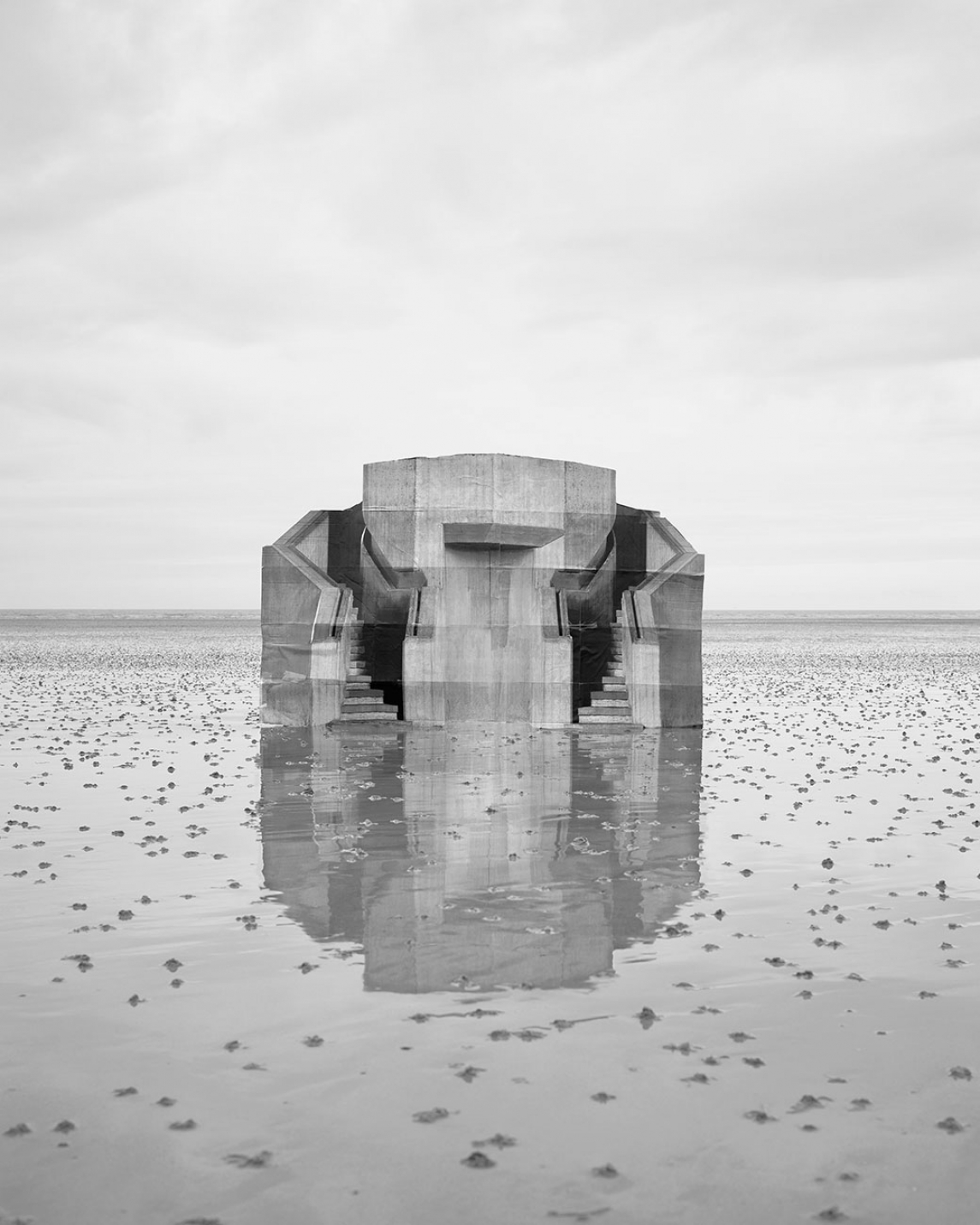

 McCurry’s work has adapted with the times where he now refers to himself as a “Visual Storyteller”. Many of his recent works have been shot for his own enjoyment, where he is able to show more freedom in the editing of personal projects.
McCurry’s work has adapted with the times where he now refers to himself as a “Visual Storyteller”. Many of his recent works have been shot for his own enjoyment, where he is able to show more freedom in the editing of personal projects.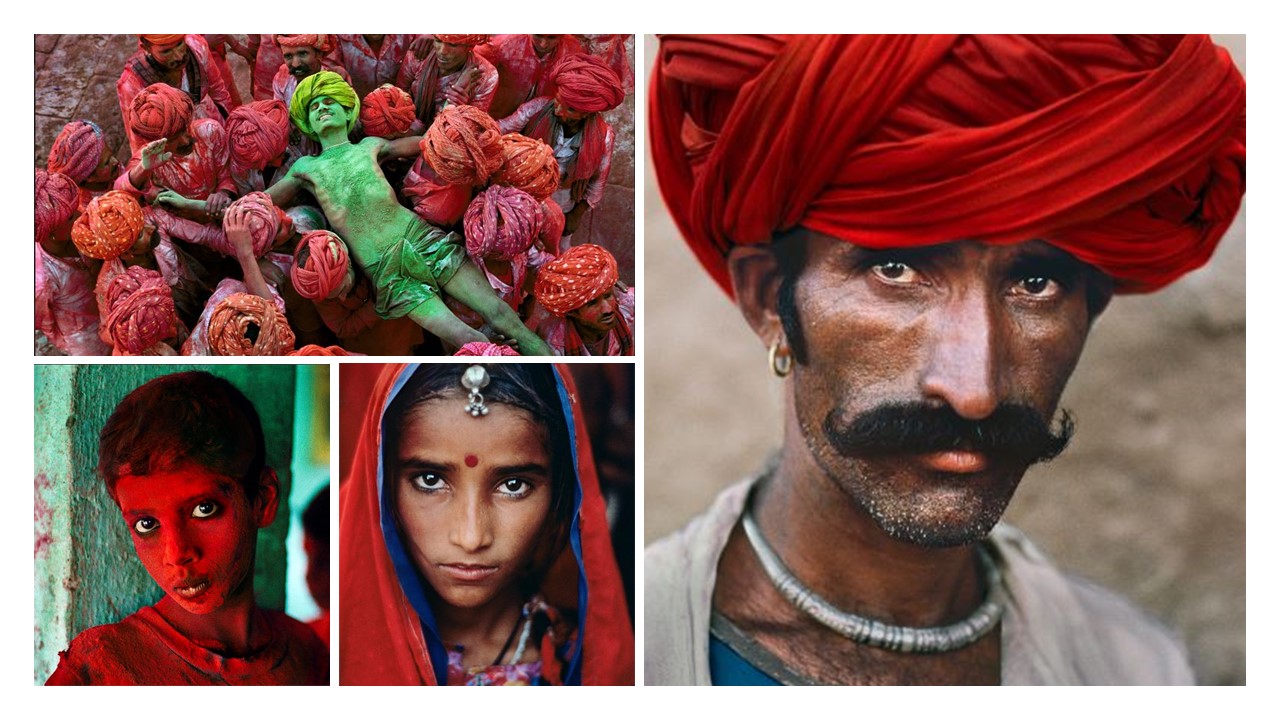

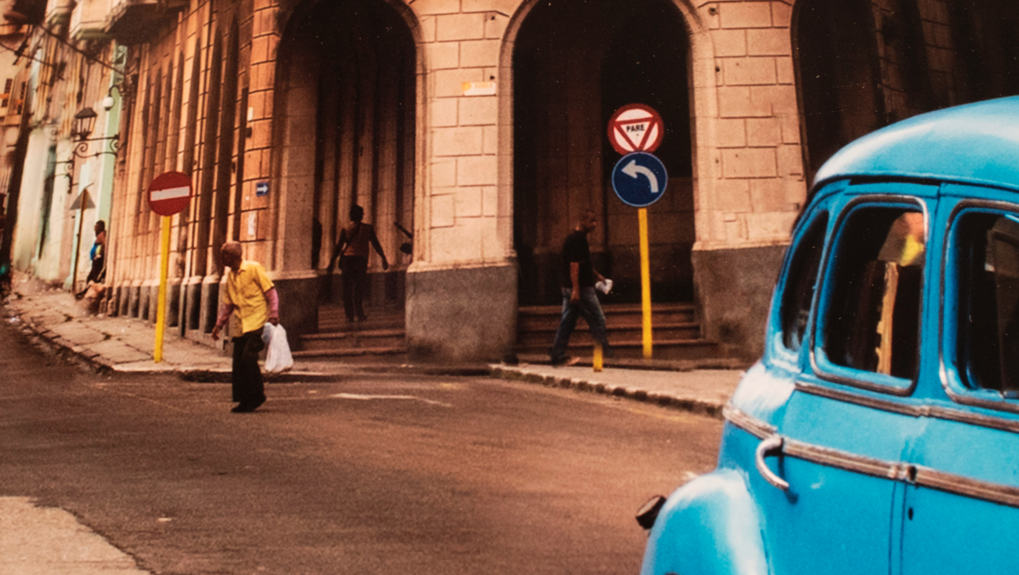 The Steve McCurry manipulation controversy began when Italian photographer, Paolo Viglione, noted a rather obvious digital manipulation in one of McCurry’s prints at a show in Italy.
The Steve McCurry manipulation controversy began when Italian photographer, Paolo Viglione, noted a rather obvious digital manipulation in one of McCurry’s prints at a show in Italy.
